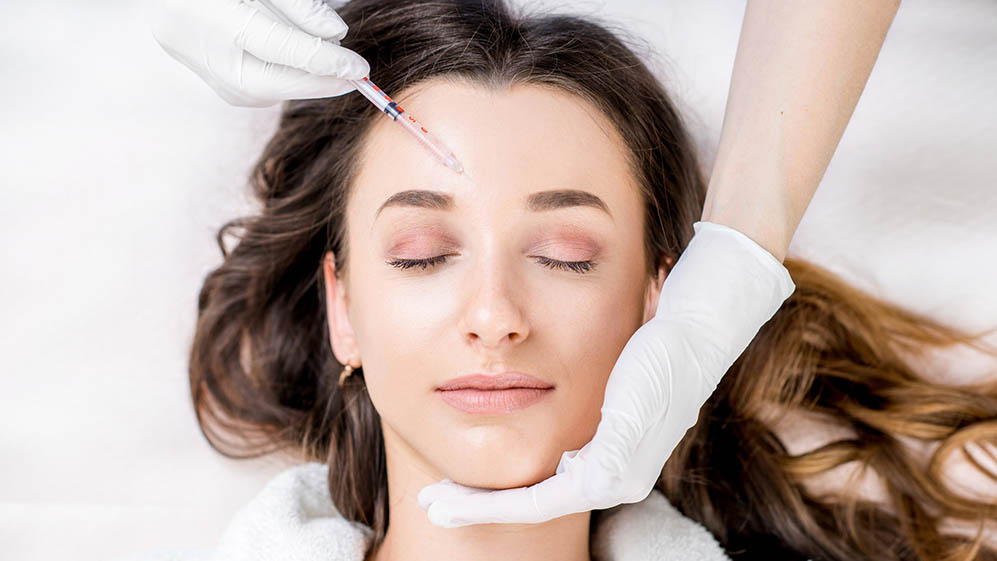The Complete Guide to Dermal Fillers
What You Need to Know if You Are Considering Injectables
If you’re reading this, you may be considering opting into dermal fillers. And you’re not alone. Nearly two million people opted for dermal fillers last year.
You’ve probably heard that they can help you look more youthful, and who doesn’t want to maintain a gorgeous, healthy glow at any age?
Dermal fillers do an amazing job of restoring the volume loss that happens with age, instantly. It’s like magic!
Essentially, dermal fillers are gel-like injectables that can help restore volume to the face, smooth wrinkles and even minimize the look of scars.
In this piece we’re going to discuss all the dermal filler details so you can decide if they’re right for you.
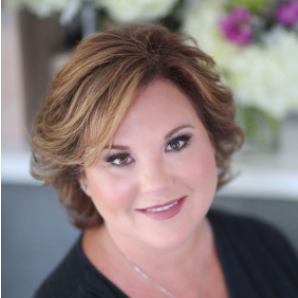
About the Author
Kati Midgley, PA-C
Kati is a visionary, whose thirst for knowledge knows no end. She travels the world to bring her patients the latest FDA-cleared anti-aging aesthetic treatments. She listens and understands that her patients want real-life, natural-looking results.
She has been recognized nationally as a professional clinical instructor of dermal fillers and toxins, laser applications, sclerotherapy, and platelet-rich plasma (PRP) therapy. Kati is also one of the first US national instructors of the revolutionary PDO Thread Lift technique.
Don’t Have Time to Read the Entire Guide Now?
Fill out the form for a downloadable PDF version of the guide you can reference later.
Table of Contents
Section 1
The Basics of Dermal Fillers
Section 2
The Benefits of Dermal Fillers
Section 3
What are The Different Types of Dermal Fillers
Section 4
The Long-term Effects of Dermal Fillers
Section 5
How Much do Dermal Fillers Cost
Section 6
Choosing the Right Provider
Section 7
Before & After Photos
Section 1
The Basics of Dermal Fillers
What are dermal fillers?
So what are dermal fillers? Essentially, they’re gel-like substances that are injected into different areas of the body in order to restore volume, enhance structure, smooth wrinkles and even fill scars.
What are dermal fillers made of?
Dermal fillers come in different varieties. The vast majority of dermal fillers are made of hyaluronic acid (HA), a substance that naturally occurs in the body, binds to water and helps to keep skin looking plump and youthful.
Fillers are injected into areas that have lost collagen, the protein that provides structure to your skin.
Almost all dermal fillers are reversible with a hyaluronidase/vitrase solution (with the exception of those that stimulate collagen production which include Bellafil, Radiesse and Sculptra).
Are they safe?
Dermal fillers are considered safe and minimally invasive. They’re approved by the FDA as medical devices, and have been around for decades. These days they’re safer than ever, with more options tailored to different parts of the body.
What areas can dermal fillers treat?
Most people believe that dermal fillers are just for cheeks and lips, and those may be the most obvious areas for usage. But actually, dermal fillers can be used all over the body! The areas dermal fillers are best for treating include:
 Chest — Sun damage and wrinkles on your chest area can be mitigated with Sculptra and PRP, which stimulate collagen.
Chest — Sun damage and wrinkles on your chest area can be mitigated with Sculptra and PRP, which stimulate collagen.
Hands — Signs of aging on the hands, including more obvious veins and tendons, can be minimized with the use of Radiesse or Restylane LYFT.
Above the Knees — Crepey, wrinkling skin above the knees can be fixed with Sculptra, sometimes mixed with PRP. This area can also be treated with Radiesse or another large molecule filler.
Arms — If you’re dealing with “wings” or wrinkles in the creases of your arms, Sculptra, PRP and fat transfer can help to fill in and smooth these areas.
Buttocks — Sculptra, PRP and fat transfer can lift and fill out your buttocks area.
Thighs — Sculptra and PRP can stimulate collagen to smooth out the appearance of cellulite.
Feet — With aging, the pads on the bottom of your feet can wear down. Sculptra can stimulate collagen to enhance this area and make you more comfortable when walking.
Earlobes — If earrings have pulled your earlobes down, Radiesse, Restylane LYFT, and Bellafill can plump and lift them back to their original position.
Under Eyes — Dark circles and hollows under the eyes can be filled in with Restylane, PRP and Belotero, giving you a more rested, youthful appearance.
Acne Scars — Bellafill can fill in acne scars and significantly minimize their appearance.
Chin — Bellafill can stimulate collagen production in your skin, giving it structure and enhancement.
Jawline — Sculptra, LYFT, Voluma and DEFYNE can all lift the skin around your jawline and restore its structure, giving you a more sculpted, youthful appearance.
Nose — A non-surgical nose job using dermal fillers like Restylane and Bellafill can change the appearance of your nose without the downtime of surgery.
Scars — Restylane (including REFYNE and DEFYNE), PRP and Bellafill can stimulate the production of collagen around scar tissue, smoothing out the area and helping minimize your scar’s appearance.
Lips — Restylane, Juvederm and Restylane Kyss can all plump up your lips and help to make them symmetrical.
How to Choose the Right Dermal Fillers
When it comes to choosing a dermal filler, it’s best to trust the advice of an experienced practitioner who has extensive knowledge around this subject. Different fillers are best for different areas and different people, and your practitioner can recommend the appropriate product based on their experience and your unique needs.
Dermal fillers vs. Neurotoxins
While both can help you look younger, dermal fillers and neurotoxins are very different substances.
Neurotoxins relax muscles using a substance called Botulinum Toxin Type A. The process involves the toxin sending an impulse to block the facial muscle’s nerve impulses. This relaxes the muscle, which softens wrinkles. Neurotoxins we use include BOTOX® Dysport® and Xeomin®.
Dermal fillers, on the other hand, are primarily made of hyaluronic acid (HA), a substance that naturally occurs in the body, and they’re used to repair the volume loss that comes with age. Filling in the cheeks, for example, or smoothing out scars. Some HA fillers also include lidocaine, a painkiller that helps the procedure be more comfortable for the patient.
Read More: Botox® vs. Dermal Fillers – Choosing the Right Option for You
Who Is a Good Fit for Dermal Fillers, and Who Isn’t?
Given their safety and effectiveness, the majority of people are good candidates for dermal fillers.
Really, anyone who’s trying to achieve facial balance or correct an obvious asymmetry.
It is important to note that facial structure is a significant factor when it comes to filler choice and placement. You’ll want to choose a provider who uses what’s called the Phi proportions system to figure out which areas of your face need attention.
Phi proportions are a set of measurements including brow height and length, the length of the nose, peak of the cheek, size and shape of lip, and lip and chin length on a lateral profile.. From those numbers, your provider will determine where you need filler. If you have the beginning of jowls, for instance, it’s caused by volume loss in the cheeks, so that’s where the filler would be placed.
It’s a scientific system, and your provider knows best!
As far as who isn’t a good candidate for dermal fillers, anyone with extensive autoimmune disorders or blood disorders; anyone with an active infection; and anyone with a known allergy or sensitivity. Also, those with body dysmorphic disorder are highly dissuaded from using fillers because it can amplify their underlying psychological issues.
Section 2
The Benefits of Dermal Fillers
So what are the pros of using dermal fillers?
- The results are immediate and visible. You’ll see how your fillers look right away, unlike waiting to see results like you would with cosmetic surgery.
- No significant recovery or downtime, unlike with cosmetic surgery. The most you’ll have to do is avoid vigorous exercise for a time after treatment, and you might have some minor bruising and/or swelling. Also, the procedure is relatively painless.
- There’s minimal risk, as we discussed above. Dermal fillers are considered completely safe by the FDA.
- Long-lasting results. Dermal fillers last from 6 months to up to 5 years, depending on the type of filler.
- Increased self-esteem. You’ll love the way you look with dermal fillers, and you’ll give yourself a major confidence boost.
With all of these positives, you may be wondering if dermal fillers can actually replace cosmetic surgery. The answer is — in many cases, yes. Dermal fillers make you look younger, which is the goal of most plastic surgery procedures.
But dermal fillers are a better option because there’s little to no downtime, it’s quicker to get an appointment, they’re less expensive, it uses a topical anesthetic instead of general anesthesia, the results are immediate, and most fillers are reversible. They’re a win win win!
Section 3
What are The Different Types of Dermal Fillers
 Dermal Fillers – what’s the difference
Dermal Fillers – what’s the difference
Depending on your goals, there’s an array of different dermal filler options, with more hitting the market all the time. So how long do dermal fillers last? It depends on the product and what it’s made of.
As we mentioned previously, most fillers are made with hyaluronic acid (HA), a naturally occuring substance in your body that binds to water and plumps up your skin. HA fillers include Juvederm, Restylayne, Teoxane and Versa fillers, among others.
Calcium hydroxylapatite (CaHA) is another substance used to make fillers. It’s also naturally occurring and is found mostly in the bones. CaHA fillers include Radiesse®. CaHA fillers are thicker than HA fillers and are generally used to treat deeper lines and wrinkles.
Another substance used in fillers is Poly-L-lactic acid. It’s a biocompatible biodegradable synthetic, and it’s used in Sculptra® Aesthetic. Poly-L-lactic acid is considered collagen stimulating, meaning it encourages your body to produce more collagen on its own.
Then there’s Polymethylmethacrylate (PMMA). It’s a synthetic, biocompatible substance and these fillers contain collagen to help give structure to the skin.
It’s important to note that there are two kinds of fillers: short term and long term. Short term fillers are absorbed by the body over time, typically between 3 to 18 months. Long term fillers are made from synthetic ingredients so they don’t get absorbed, and can last for years.
Fillers are also differentiated by molecule size. Larger molecule fillers are thicker. This makes them better for deeper lines and wrinkles in more specific areas. Smaller molecule fillers are thinner and spread more easily, allowing them to treat a larger area.
Also, fillers can be either superficial or foundational. Superficial fillers treat finer lines and wrinkles, while foundational fillers are thicker, last longer, and treat deeper lines and wrinkles at a foundational level.
Short term fillers include:
JUVEDERM® ULTRA XC — So what is Juvederm? Juvederm Ultra XC is also a superficial hyaluronic acid filler and can be used to smooth lines, minimize nasolabial folds, plump up your cheeks and enhance your lips. It can last between 6 months and a year.
JUVEDERM® VOLBELLA — Juvederm Volbella is a superficial hyaluronic acid filler that’s specifically designed to treat vertical lip lines and give your lips a natural, subtle fullness. It lasts about a year.
JUVEDERM® VOLLURE XC — Juvederm Vollure XC is an hyaluronic acid filler that contains a mix of small and large molecules and is thicker than Volbella. It’s used to treat smile lines, marionette lines, and nasolabial folds. It lasts from 6 to 18 months.
RADIESSE® — Radiesse is a foundational calcium hydroxyapatite filler. It’s best for treating deeper wrinkles and folds and can be used all over the face, hands, scars and even the ears.
RESTYLANE® — Restylane is a superficial hyaluronic acid filler with a larger molecule size. It can treat moderate to severe lines and wrinkles including nasolabial folds (lines around the nose and mouth) and marionette lines (lines that extend from the corners of your lips to your chin), lips, and under eyes. How long does Restalyne last? Results usually last 6 to 9 months.
RESTYLANE® CONTOUR — Restylane Contour is the only hyaluronic acid filler made with XpresHAn Technology™ which offers increased strength and flexibility to lift cheeks and midface area. This technology creates natural contouring and expression. Restylane Contour is perfect for treating: Cheeks and Midface contour. Natural-looking results may last up to 1 year.
RESTYLANE® DEFYNE/REFYNE — Restylane DEFYNE and Restylane REFYNE are hyaluronic acid fillers. DEFYNE has a larger molecule size, while REFYNE contains smaller molecules. DEFYNE is designed for lift and volume while REFYNE is suited to treat marionette lines, nasolabial folds, and under-eye hollows. They last up to a year.
RESTYLANE® LYFT — Restylane LYFT is a superficial hyaluronic acid filler with larger molecule size. It’s used to plump up cheeks and smooth smile lines. Results last up to a year.
RESTYLANE® SILK — Restylane Silk is a hyaluronic acid filler with smaller molecules. It’s designed for treating lip issues including thinning, lines around the mouth, and a loss of shape. It lasts around 6 months.
REVENESSE® LIPS™+ is an FDA-approved hyaluronic acid (HA) dermal filler that can be used to restore lost volume and create a fuller-looking lip in patients 22 years of age and older.
REVENESSE® VERSA™occurring substance that is found within the body. It is a great product used to correct the appearance of facial wrinkles and creases. It is a great general-purpose filler. It is perfect for those individuals who may require more correction. Versa is FDA approved for the cosmetic treatment of facial wrinkles and creases.
TEOXANE -Teoxane by TEOSYAL® products consists of a range of unique dermal fillers with unique properties making each one specific to treating different areas of the face. They were created according to a patented process.
TEOXANE 2 – is perfect for treating delicate areas like tear trough, lips, crows feet.
TEOXANE 3 – is the workhorse and perfect across the midface, areas like the nasolabial line.
TEOXANE 4 – ideal for building up foundational areas such as temples, cheeks, jawline.
Long-term fillers include:
JUVEDERM® VOLUMA XC — Juvederm Voluma XC is a large molecule, superficial hyaluronic acid filler. It’s designed to lift, contour, and treat wrinkles and folds in the cheeks and mid-face region, as well as the chin. Results can last up to two years.
SCULPTRA® AESTHETIC — Sculptra Aesthetic is a small molecule, foundational Poly-L-Lactic acid. It’s often referred to as a liquid facelift. It stimulates your body’s production of collagen, improving the volume and facial structure over the course of three treatments. It can be used in many different parts of the face, and while it’s not great for spot treatment, it’s very effective in larger areas. It can be used to treat volume loss, asymmetry issues, collagen loss, temporal hollows, and sharp features. It can last up to 2.5 years.
Section 4
The Long-term Effects of Dermal Fillers
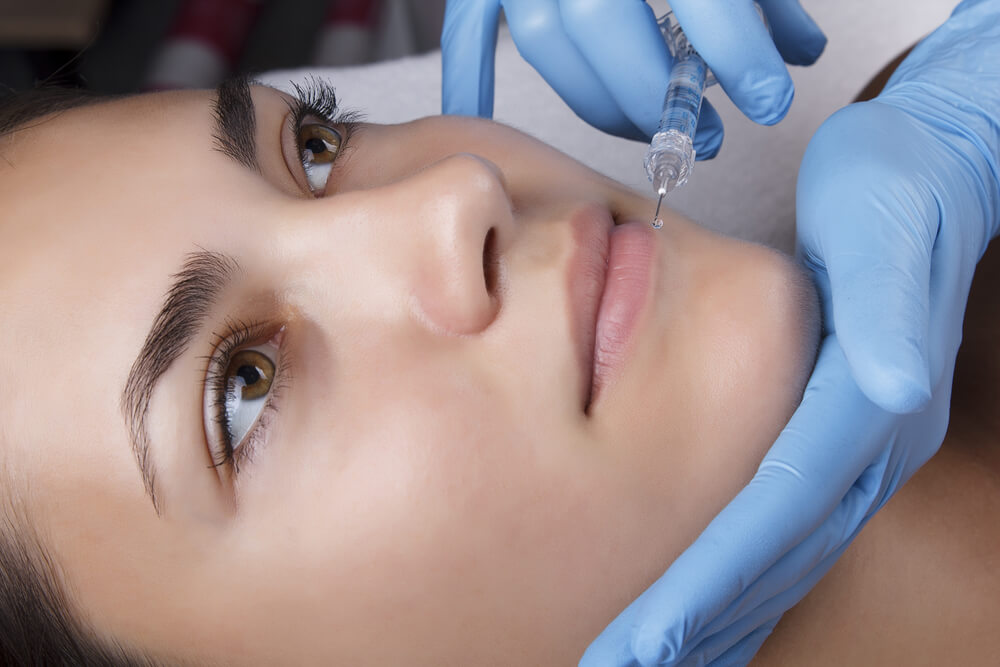
We’ve all seen celebrities and even people we know who’ve clearly gone overboard with fillers, creating what’s known as “pillow face syndrome.” Their cheeks are puffy or their lips are over-inflated. The overall look of the face is wider with narrow eyes and a pointed chin, otherwise known as a “fat feline” appearance; in these cases, the filler has actually changed the structure of the face — and not for the better!
This look may be popular on social media, but in real life, it appears completely unnatural and makes it obvious that you’ve had work done. More isn’t better when it comes to filler. Instead, you should seek out a practitioner that produces natural-looking results. Check out their before and after photos to ensure they’re skilled with injecting.
If you’re wondering how fillers work inside your skin, imagine Play-Doh. That’s how fillers stick together — side by side, layered on top of one another. They don’t blend together as you might think. That’s why it’s best to find a practitioner who gives you the right amount of filler on your first appointment, so you don’t have to add more later.
There’s a lot of bad advice out there when it comes to fillers, particularly on the internet and also from inexperienced practitioners. Here are some of the most common myths you might hear about dermal fillers:
Massage your face after treatment — No way! Massaging your face could potentially move the filler around and change its appearance. Avoid massaging your face for at least two weeks after you’ve had a treatment to be sure the filler sits properly. You also want to avoid extreme heat and cold as these conditions could potentially affect your filler.
Juvederm Voluma lasts for two years — This is a myth based on a study where patients received a whopping 6.8 syringes for their cheeks alone, plus had touch ups at 10 months. It’s more likely that you’ll only get one or two syringes in your cheeks during treatment, so it’s highly unlikely it would last that long. Your metabolism is also a factor as far as how long your filler lasts.
Sculptra creates lumps — Years ago, patients did suffer from lumps in the skin due to Sculptra treatment. But the concentration has since been changed, minimizing the risk. Typically lumps occur when the injection is not massaged enough (this is one of the rare occasions when massaging is a neccessary part of your post injection home care), the injection is too superficial or the dilution is wrong.
Fillers can’t fix certain issues such as a bad nose job or under eye hollows — Many people are unaware that filler can actually be used to augment the nose. If you’ve had a botched nose job, fillers can be an alternative to going under the knife again. In addition, fillers can be used to fill the hollows underneath your eyes, making surgery unnecessary. (The only issue is that fillers aren’t permanent so you’ll need touch ups over time.)
Fillers are obvious — Absolutely not! If you’re seeing the right practitioner, your results should look naturally gorgeous. Some fillers known as biostimulators can actually improve the texture and appearance of your skin.
Fillers are irreversible — Not true! Many hyaluronic acid-based fillers are reversible with a solution called hyaluronidase enzyme. This is particularly great news if you go to a provider who produces results you’re unhappy with. To avoid negative consequences, make sure you choose an experienced injector! Before and after photos, reviews and referrals are all great ways to choose an expert. I actually travel around the country teaching other providers how to fix mistakes, so we understand those needs at Clarity!
Bigger is better — When it comes to your lips, bigger isn’t always better. Not everyone likes the unnatural look of large, swollen-looking lips, and if you overfill it can easily leave you regretting the procedure or needing to have it reversed.
Go permanent — Using permanent fillers on your lips (made of non-absorbable materials) make it more likely that you’ll be left with granulomas, bumps, or nodules, which cannot be reversed. That doesn’t always happen, but do you really want to take that risk? Instead, go with soft, reversible fillers in case you’re unhappy with the results.
Instead of using the internet for reference, seek out a provider who can share their expertise. I’m always here to help if you have questions!
Section 5
How Much Do Dermal Fillers Cost
The cost of dermal fillers can vary widely depending on the product, procedure, and area of treatment. Prices also vary in different parts of the country. Restalyne cost and Juvederm cost varies depending on the area you’re having treated.
When it comes to the lips, lip augmentation is different from lip detailing. Lip detailing runs about $600 to $700. For patients who need the entire lip and the area above the lip augmented, that can cost as much as $1,300.
A non-surgical nose job starts at around $650.
When it comes to the butt area, prices vary depending on what you’re having done. Filling cellulite dimples, for example, can start at $500. But an entire augmentation and reshaping can range into the tens of thousands.
Cheek enhancement usually costs between $1,200 and $1,500. The chin and the jawline can be anywhere from $1,200 and up depending on the amount of detailing necessary.
So how long do dermal fillers last? It depends on the filler. Note that if a filler lasts for a year, that means it’s in your body for a year but you might only see it in the mirror for 9 or 10 months.
Section 6
Choosing the Right Provider
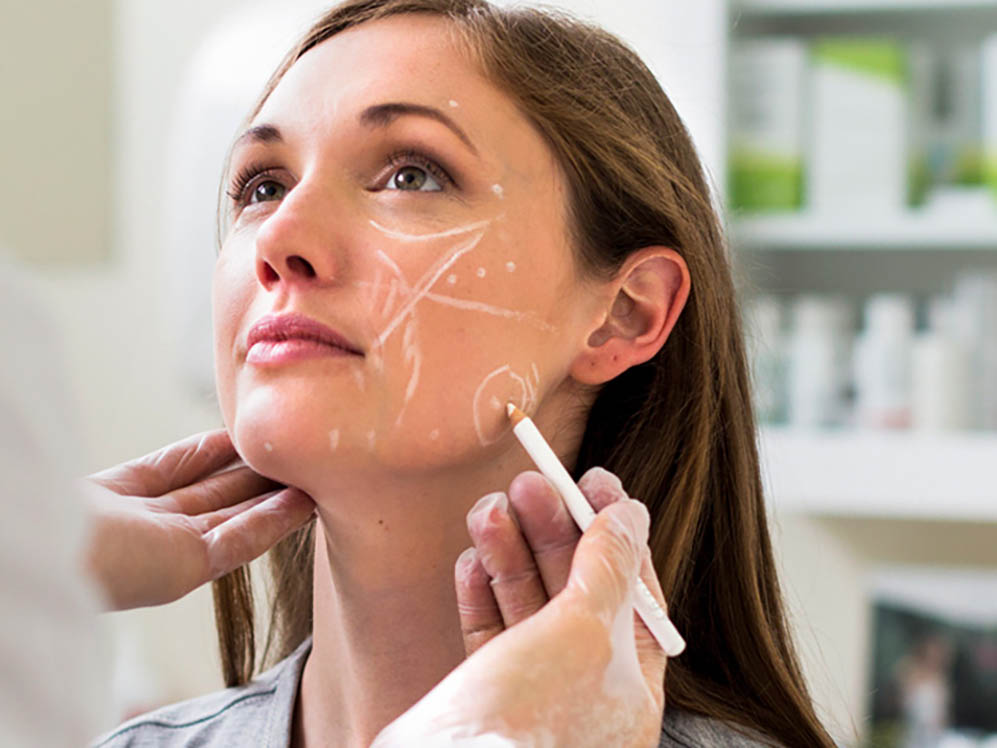
Having someone inject you with dermal fillers is a big decision — you want to make sure you choose an experienced provider who’s an expert in their field. So how do you find the right person?
It’s all about doing your due diligence. While dermal fillers are completely safe, horror stories still happen due to inexperience and a lack of skill.
You’ll definitely want to thoroughly check out the person doing the injecting. Investigate their reputation, experience, and skill set, ideally through before and after photos, referrals from people you know, and online reviews.
Another positive aspect to look for is to seek out providers who have a reputation of fixing the mistakes other providers have made.
Your provider should also participate in continuing education and be up to date on the latest in anti-aging and aesthetic treatments.
Ideally your provider will also be a clinical instructor, meaning they train other doctors, PAs, APRNs and specialists on how to properly utilize injectables.
While anyone can be trained on injectables, it takes talent, experience and artistic ability to fill with precision and perfection. Your provider should have extensive knowledge of facial anatomy and the skill of a surgeon.

I’m a professional clinical instructor who’s been recognized nationally for knowledge of dermal fillers and neurotoxins, laser applications, sclerotherapy and platelet rich plasma (PRP) therapy. I’m also one of the first U.S. national instructors of the revolutionary PDO Thread Lift technique.
Kati Midgley, PA-C
Section 7
Before & After
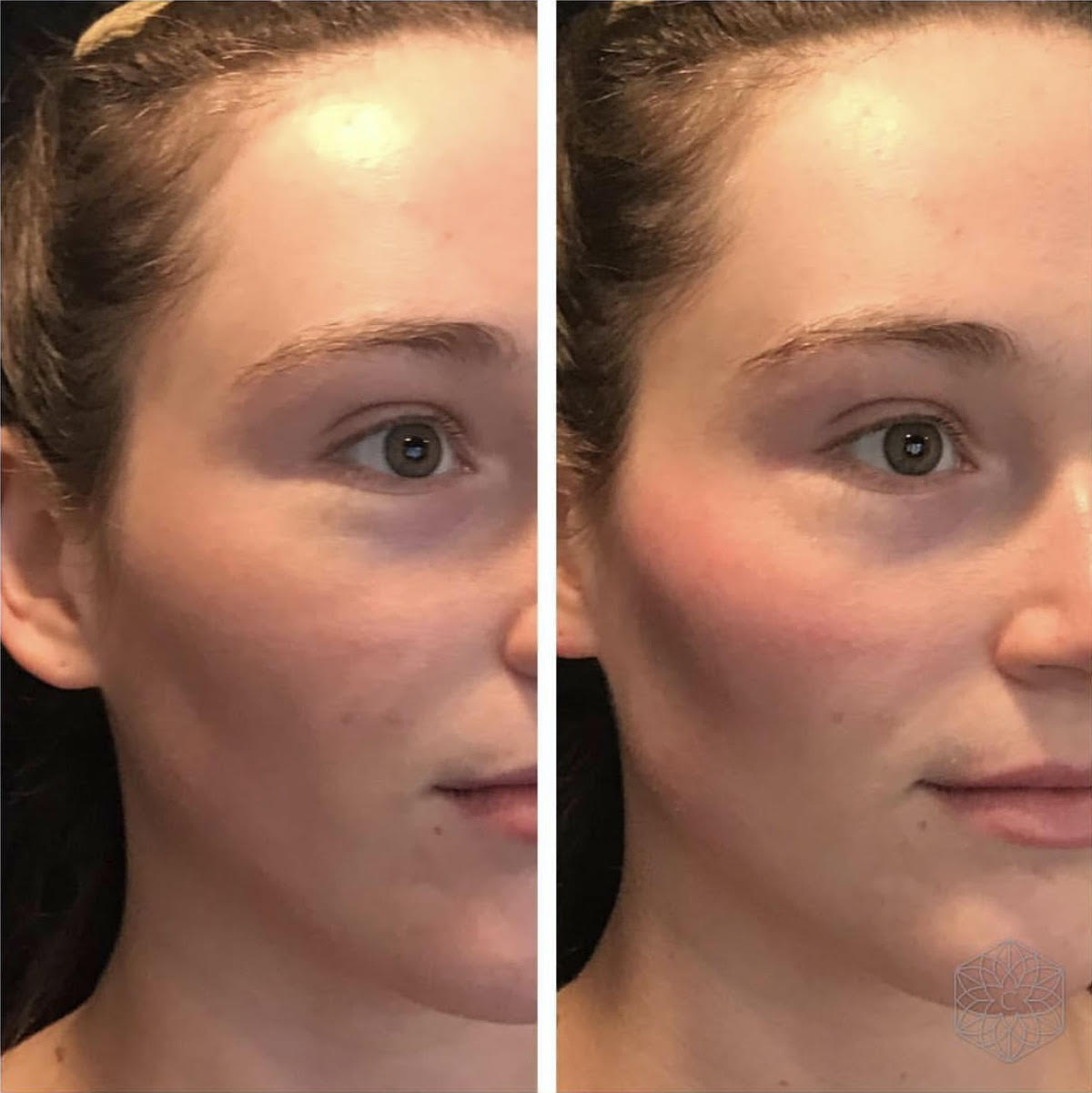
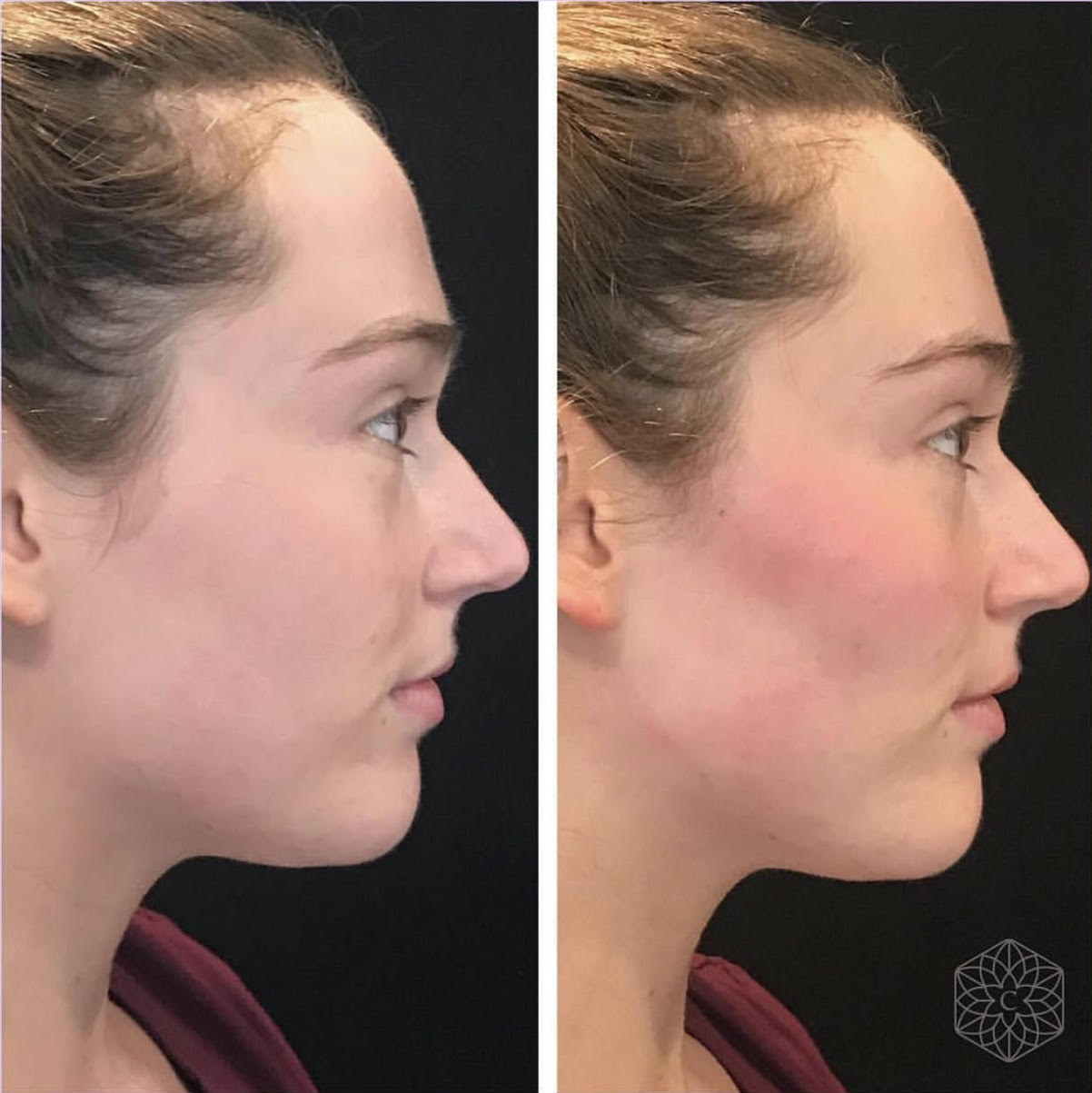
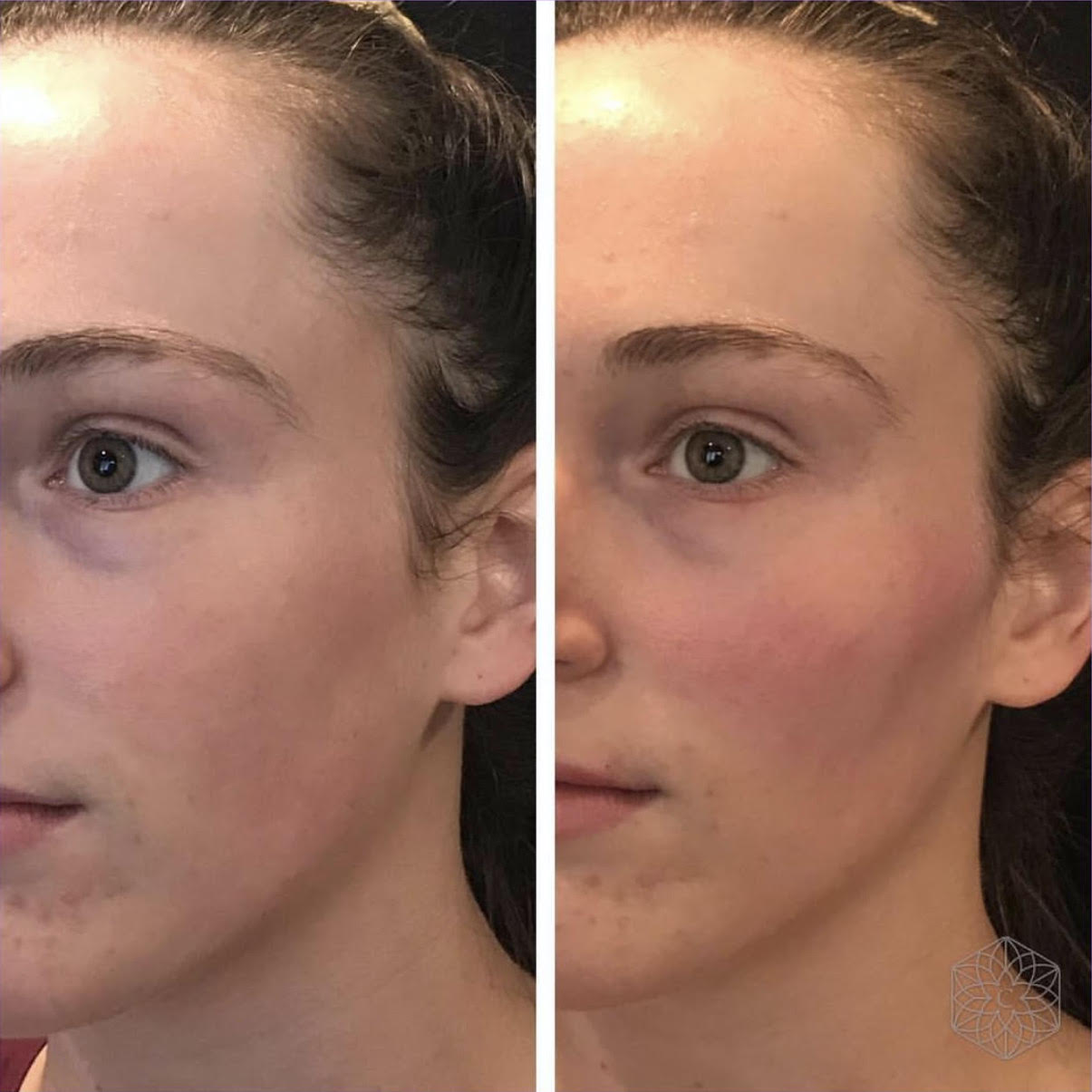

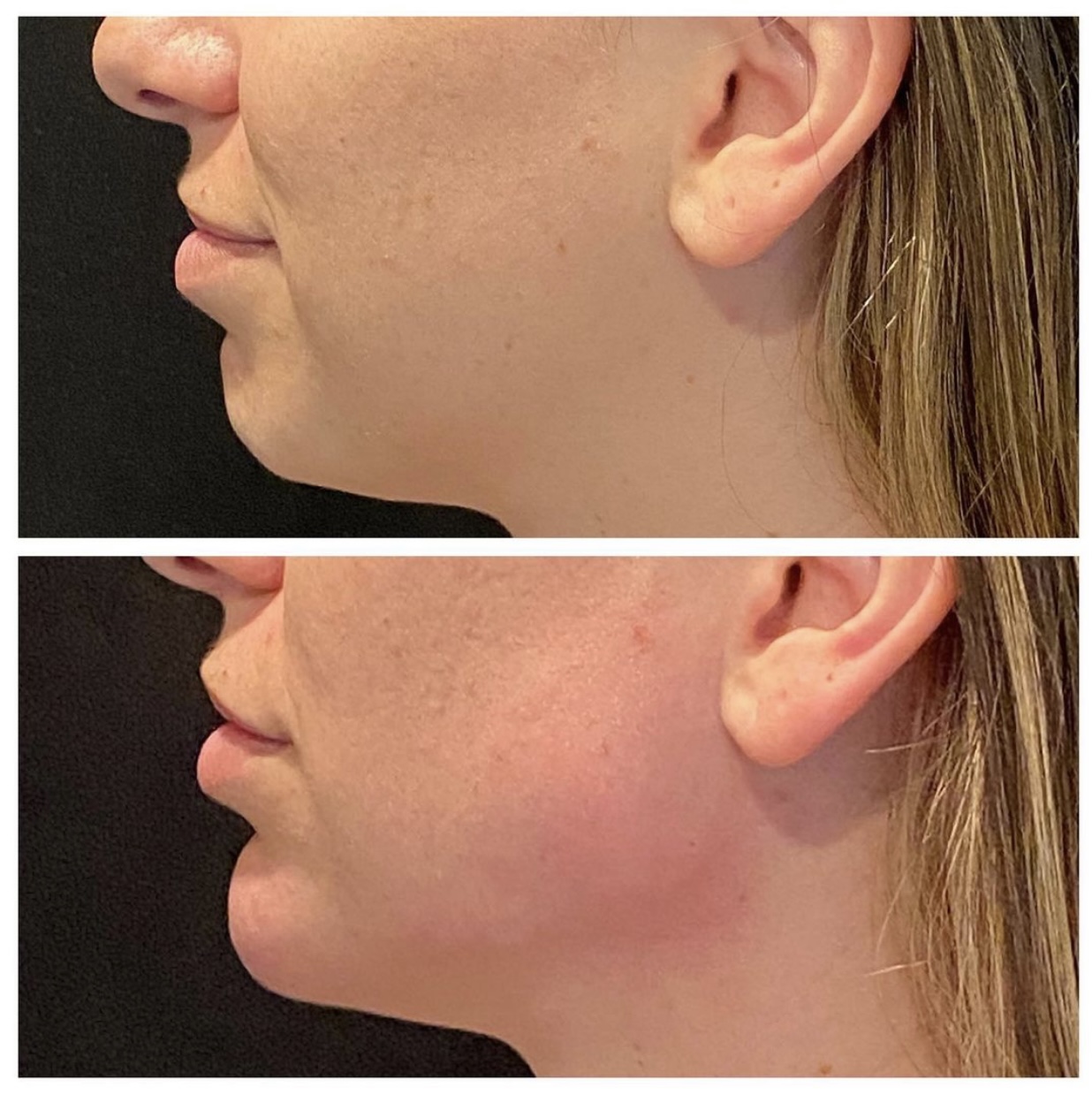
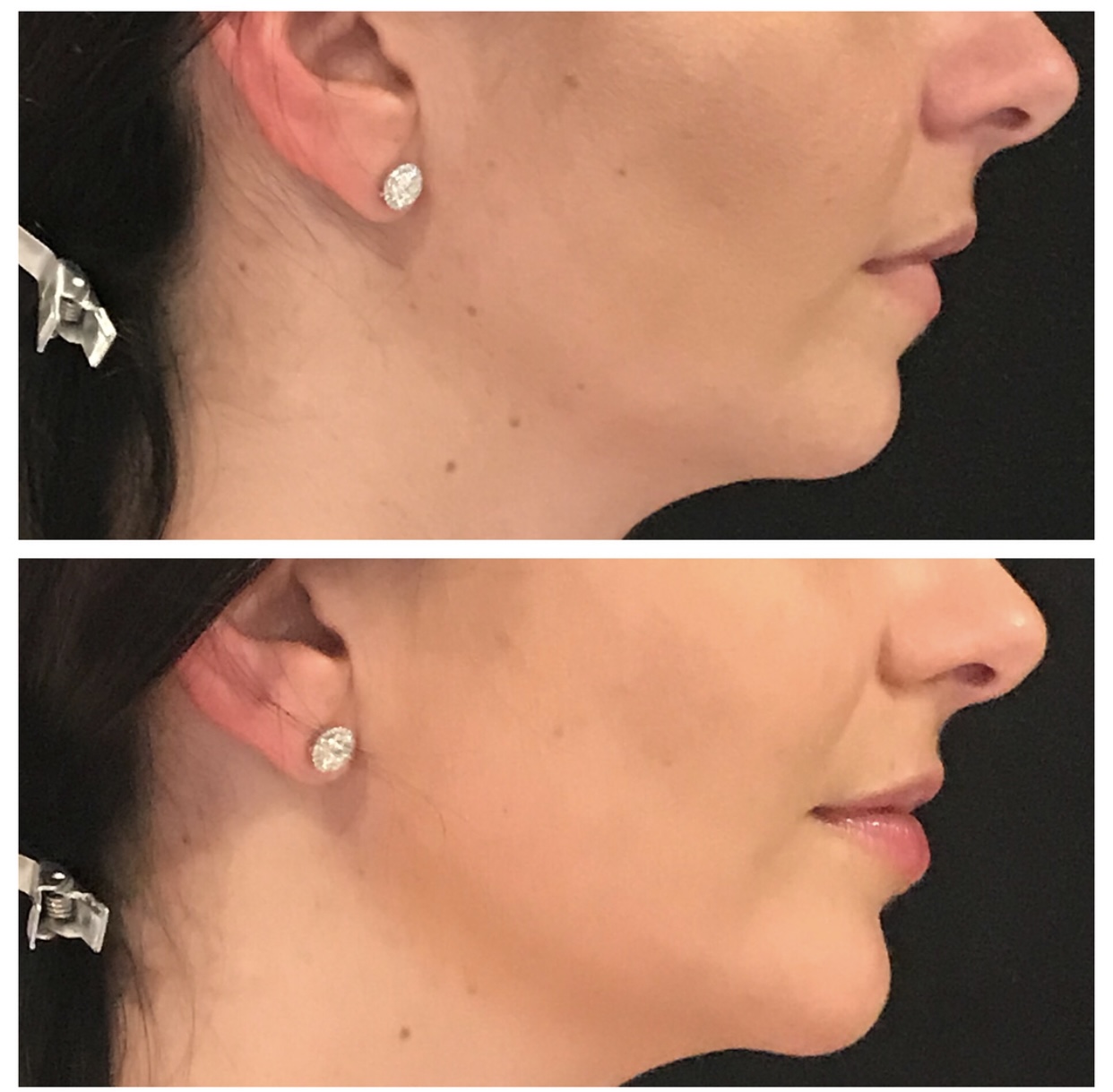
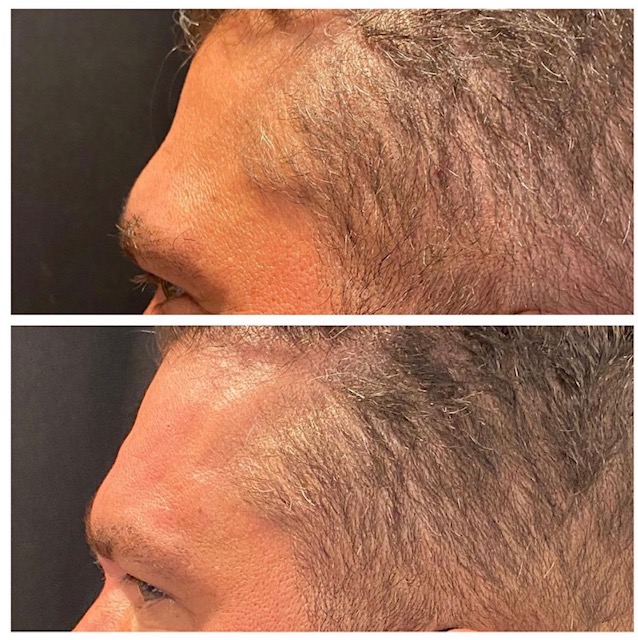
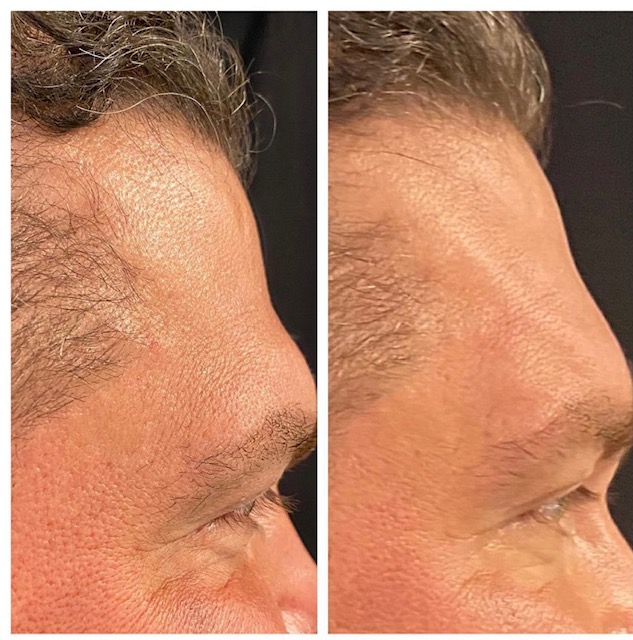

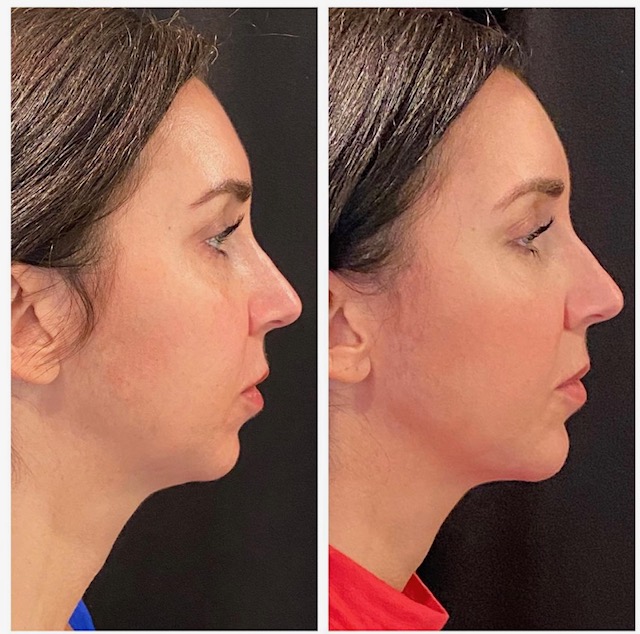
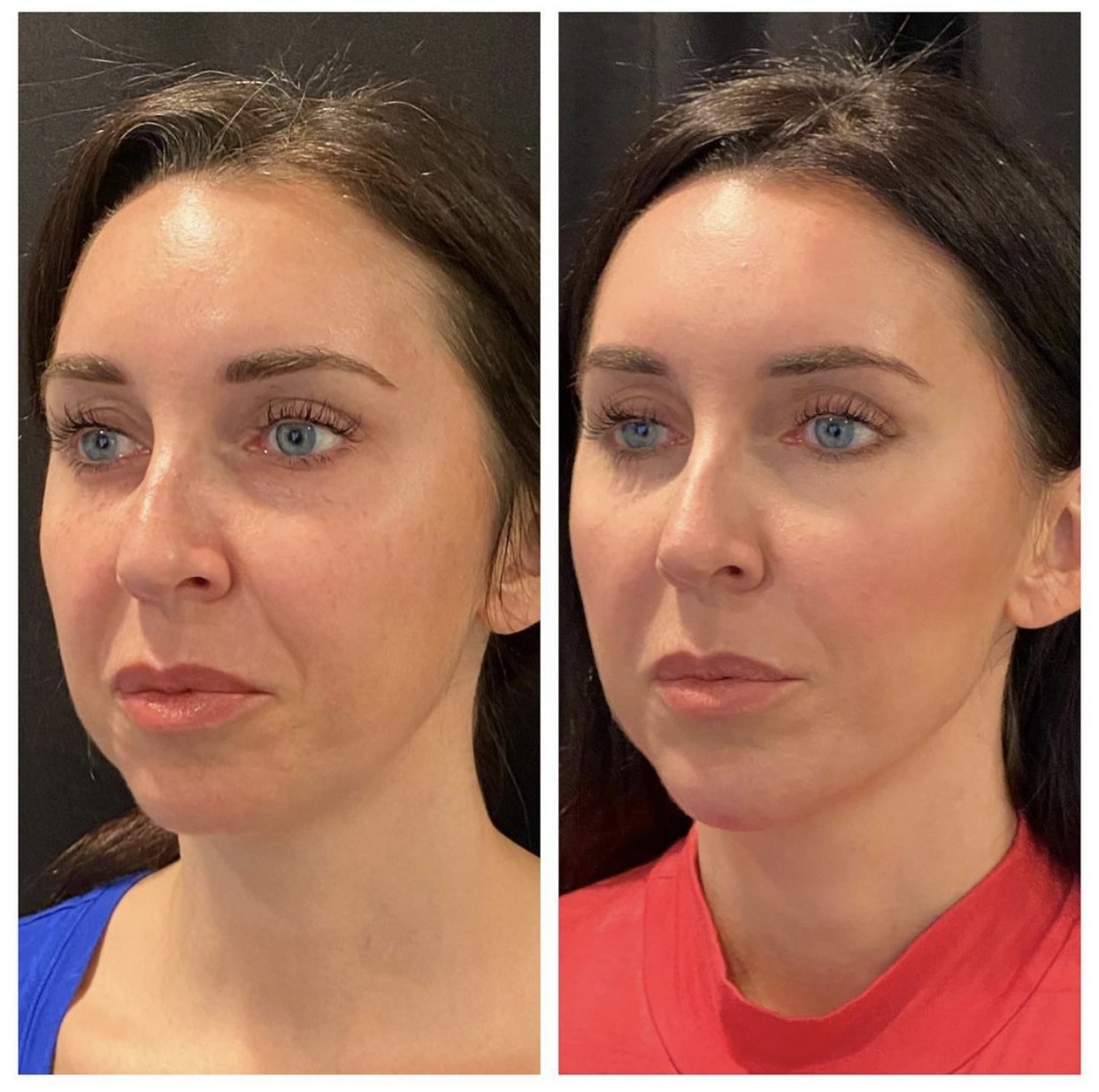





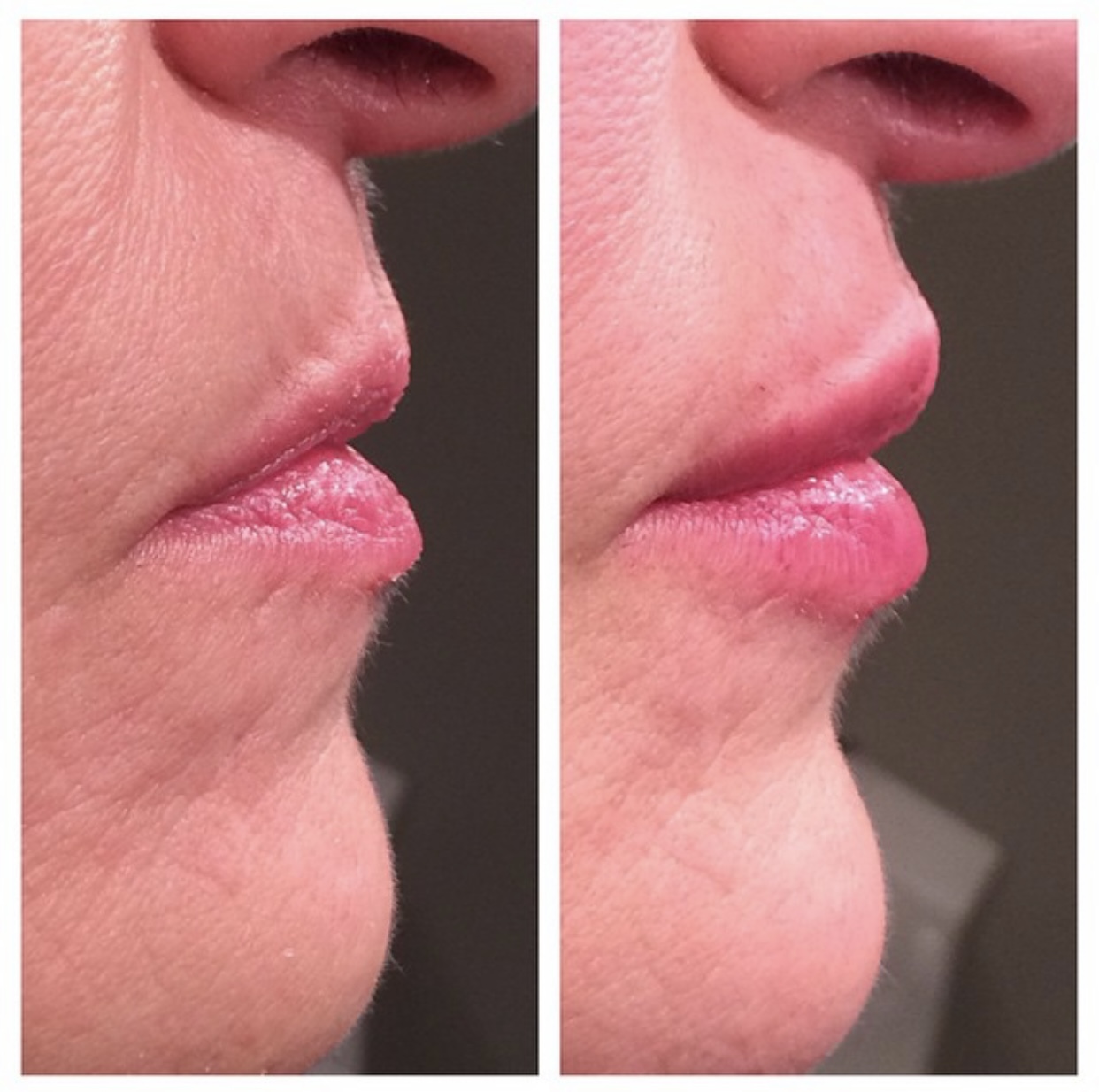
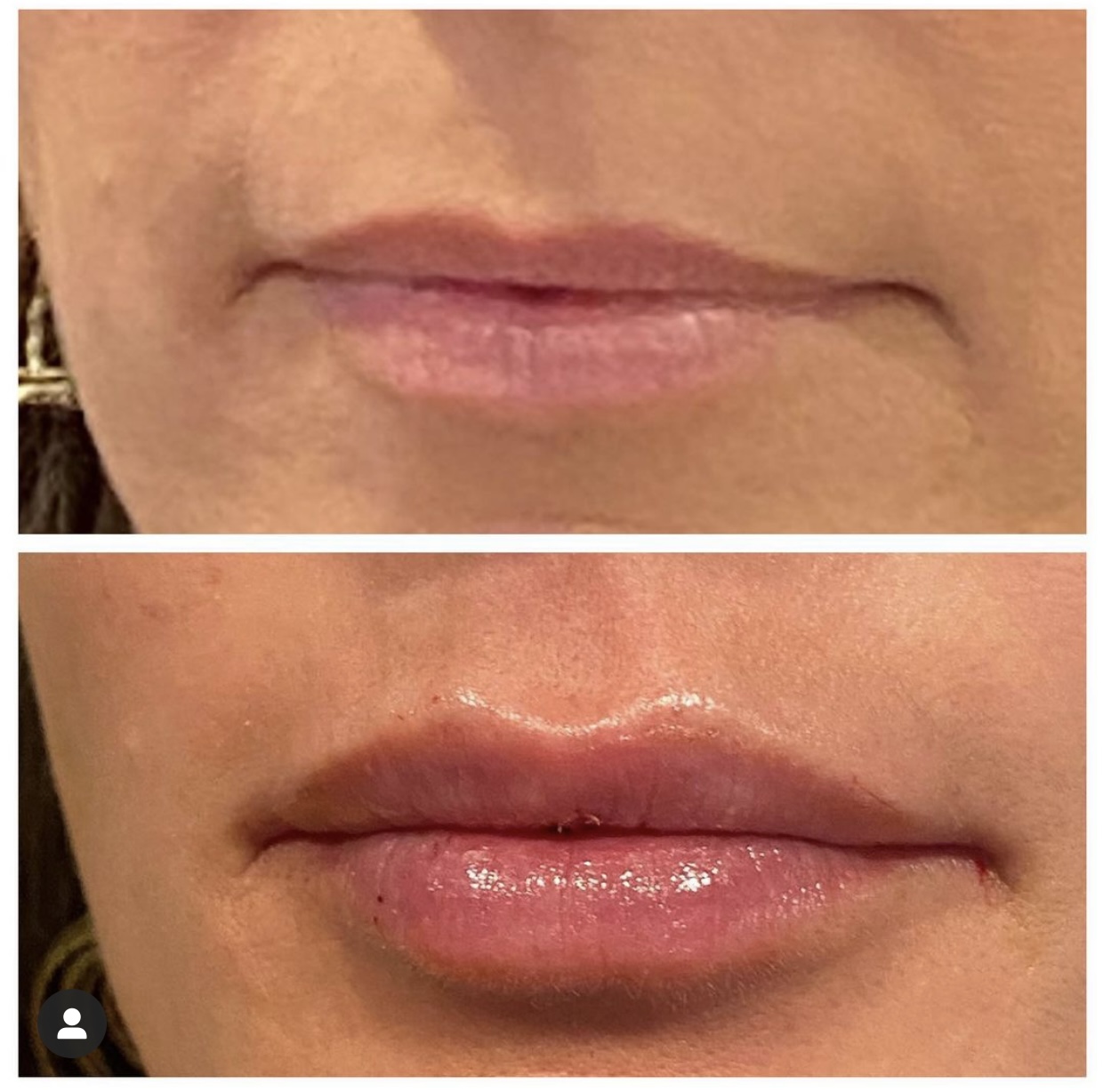


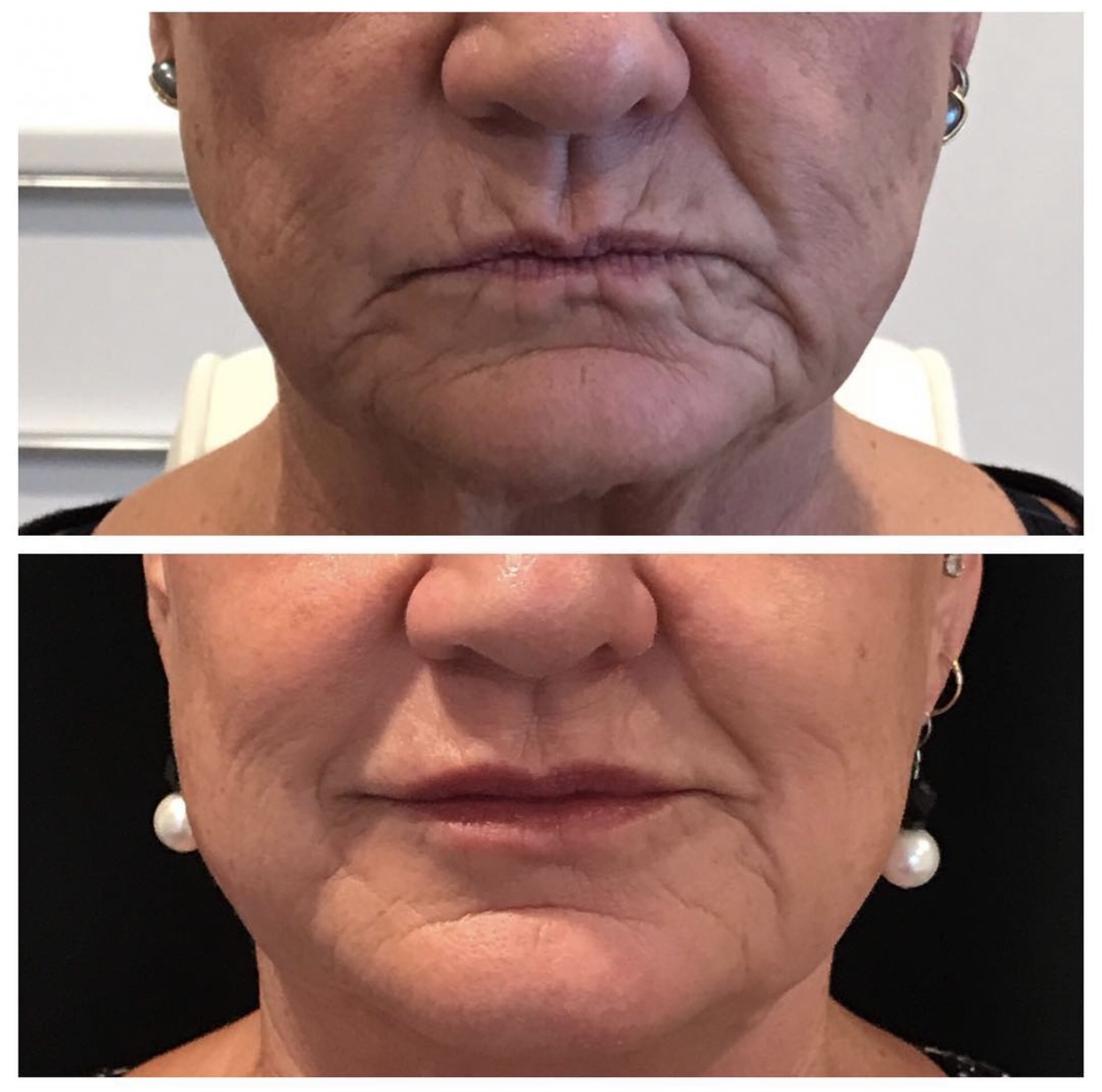
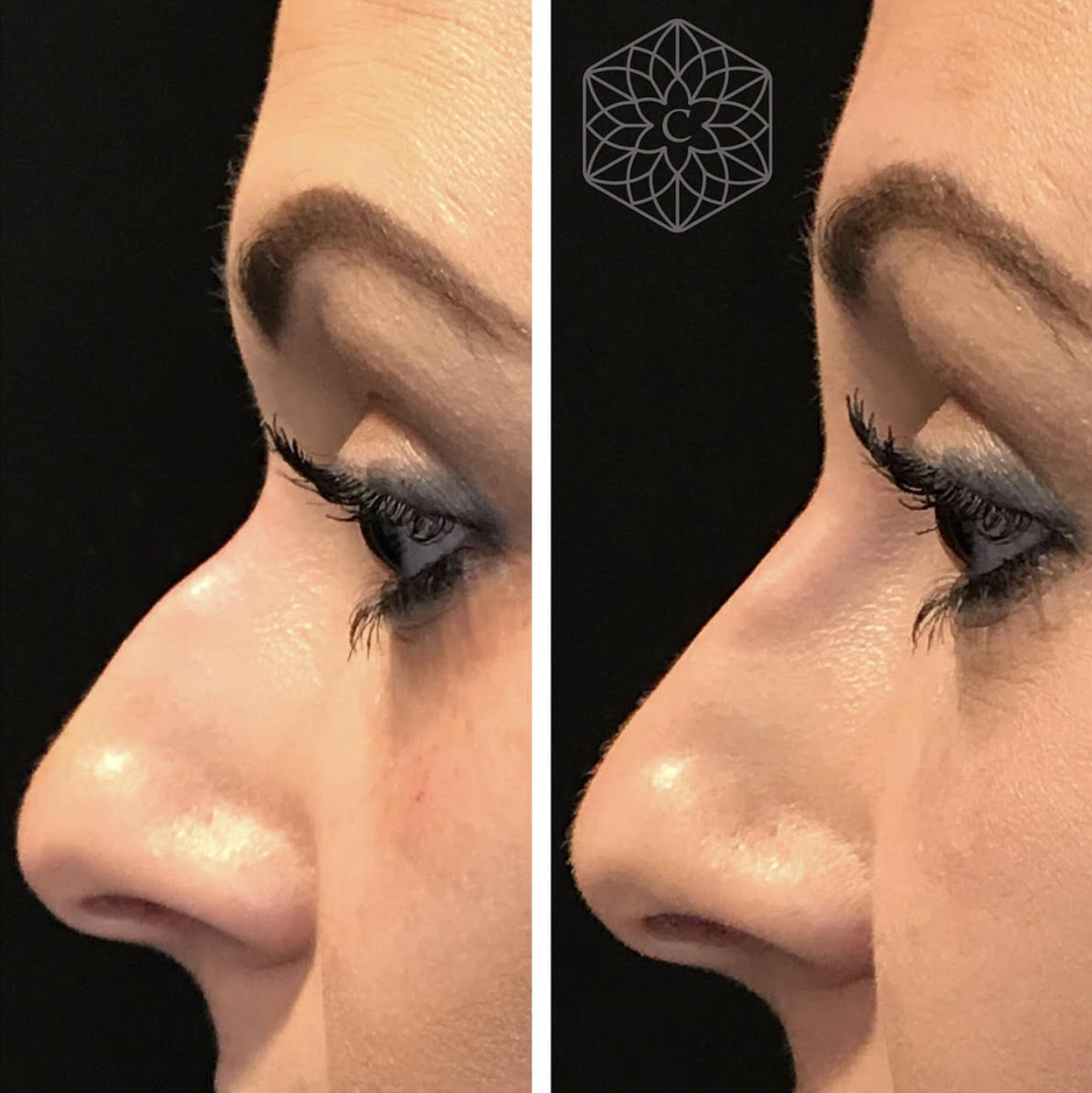
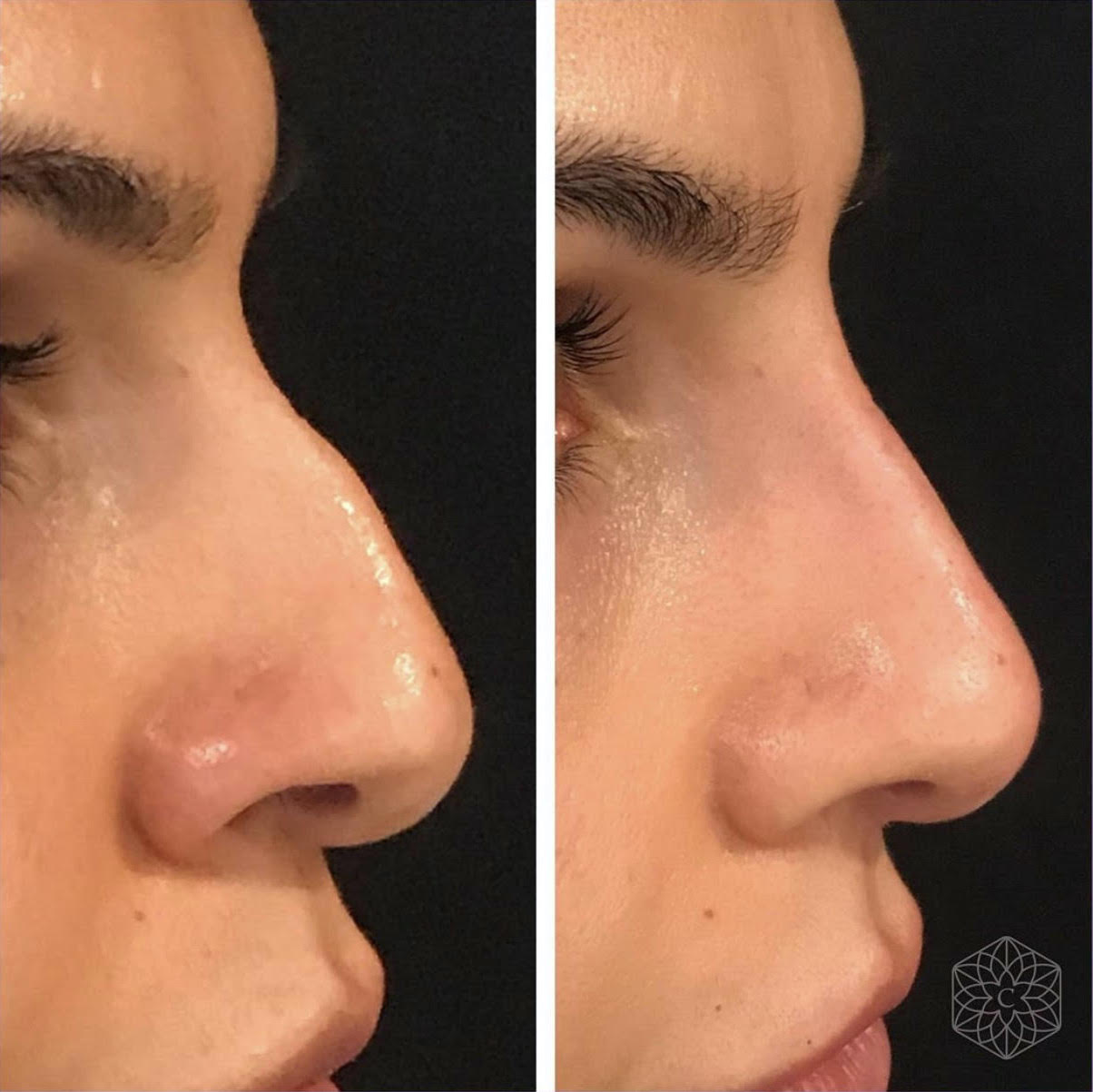
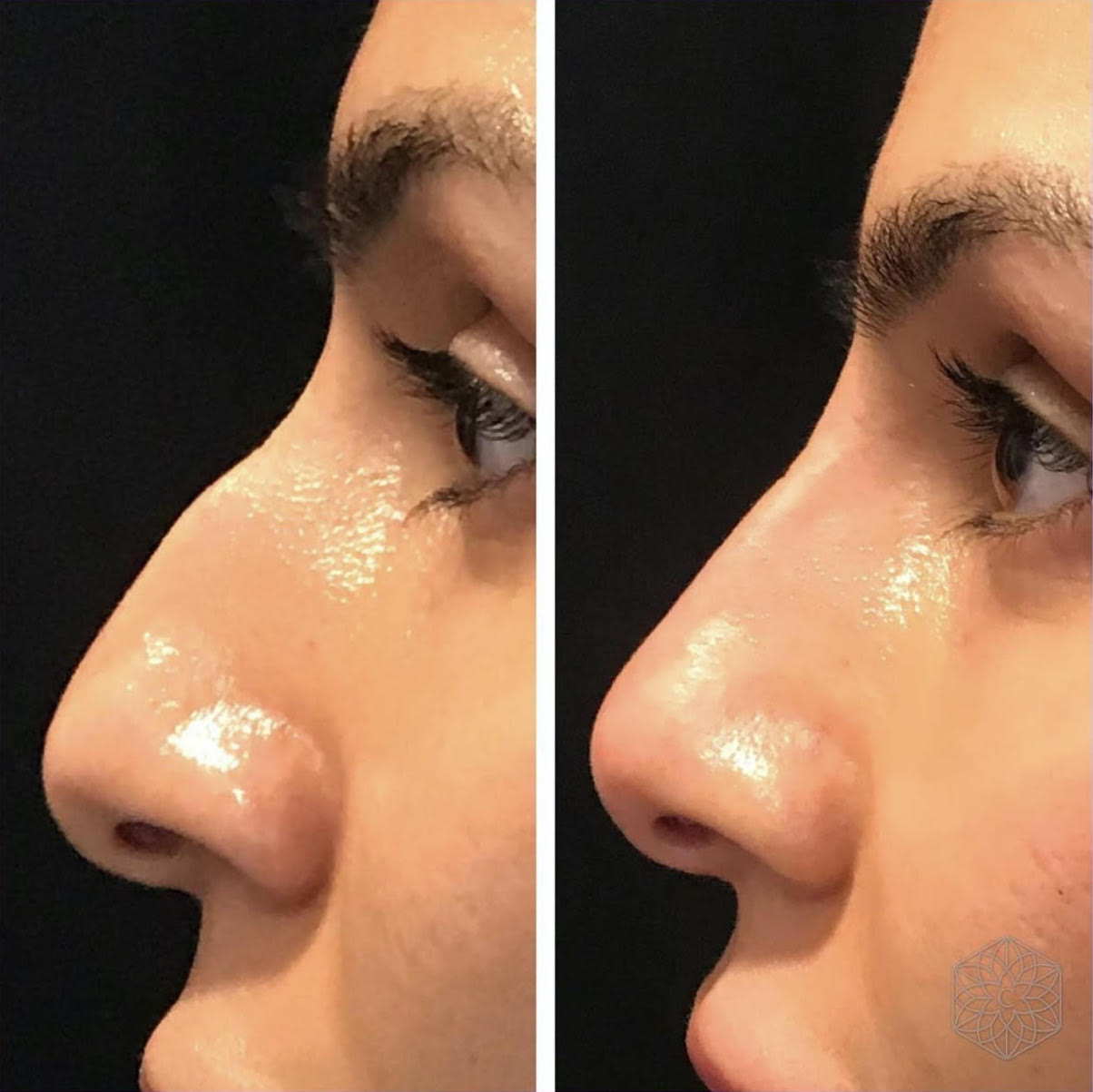




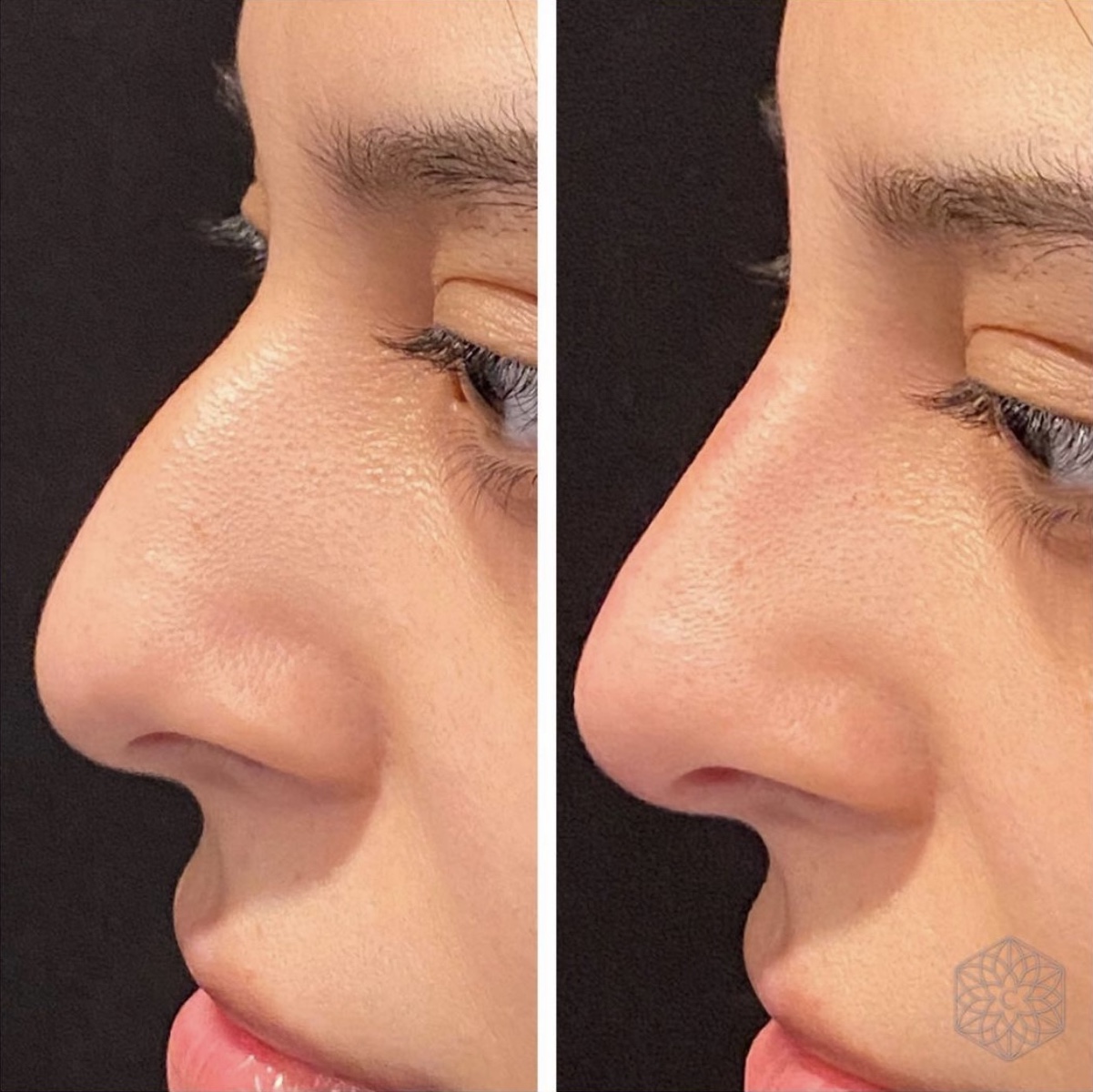

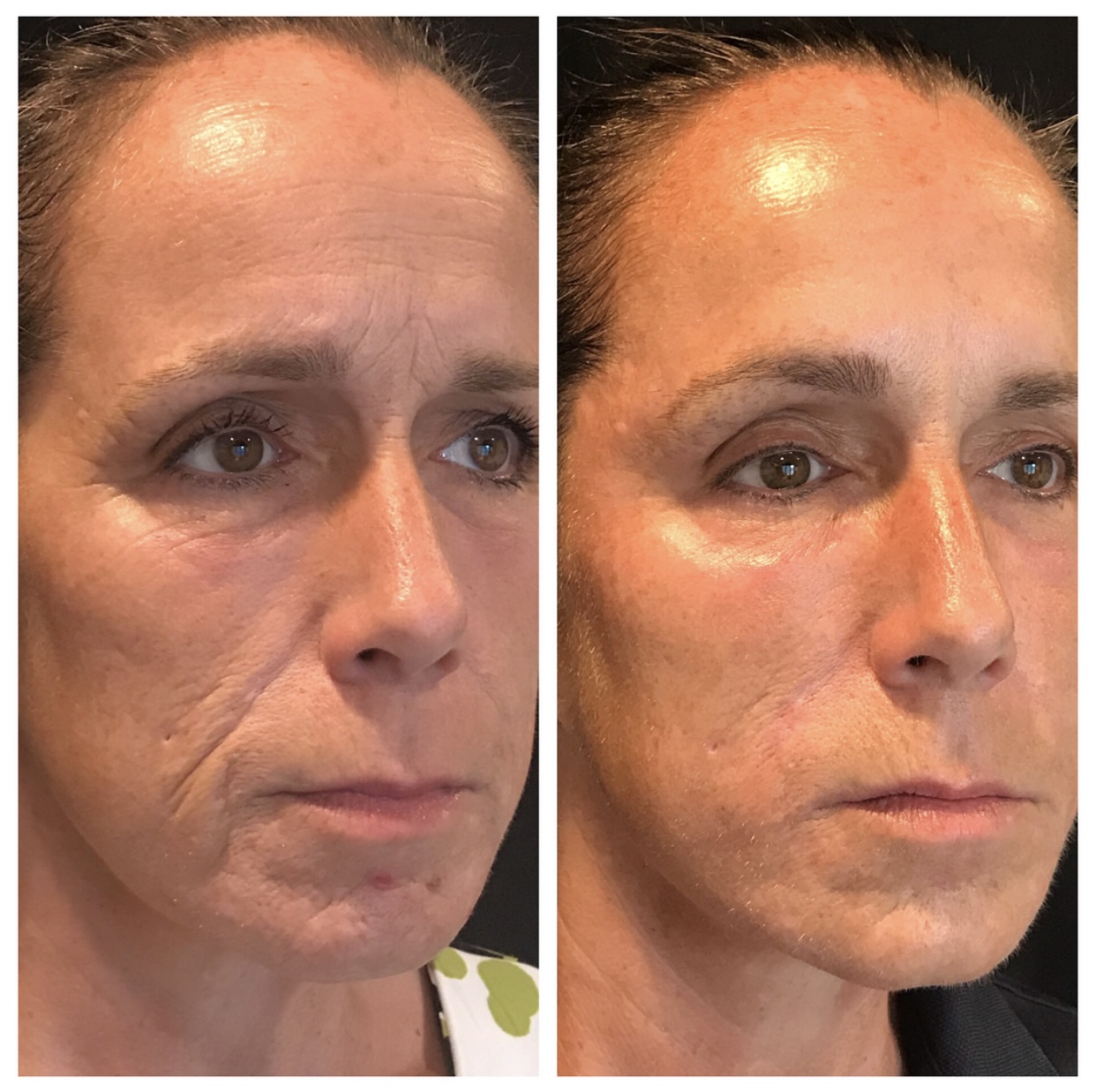
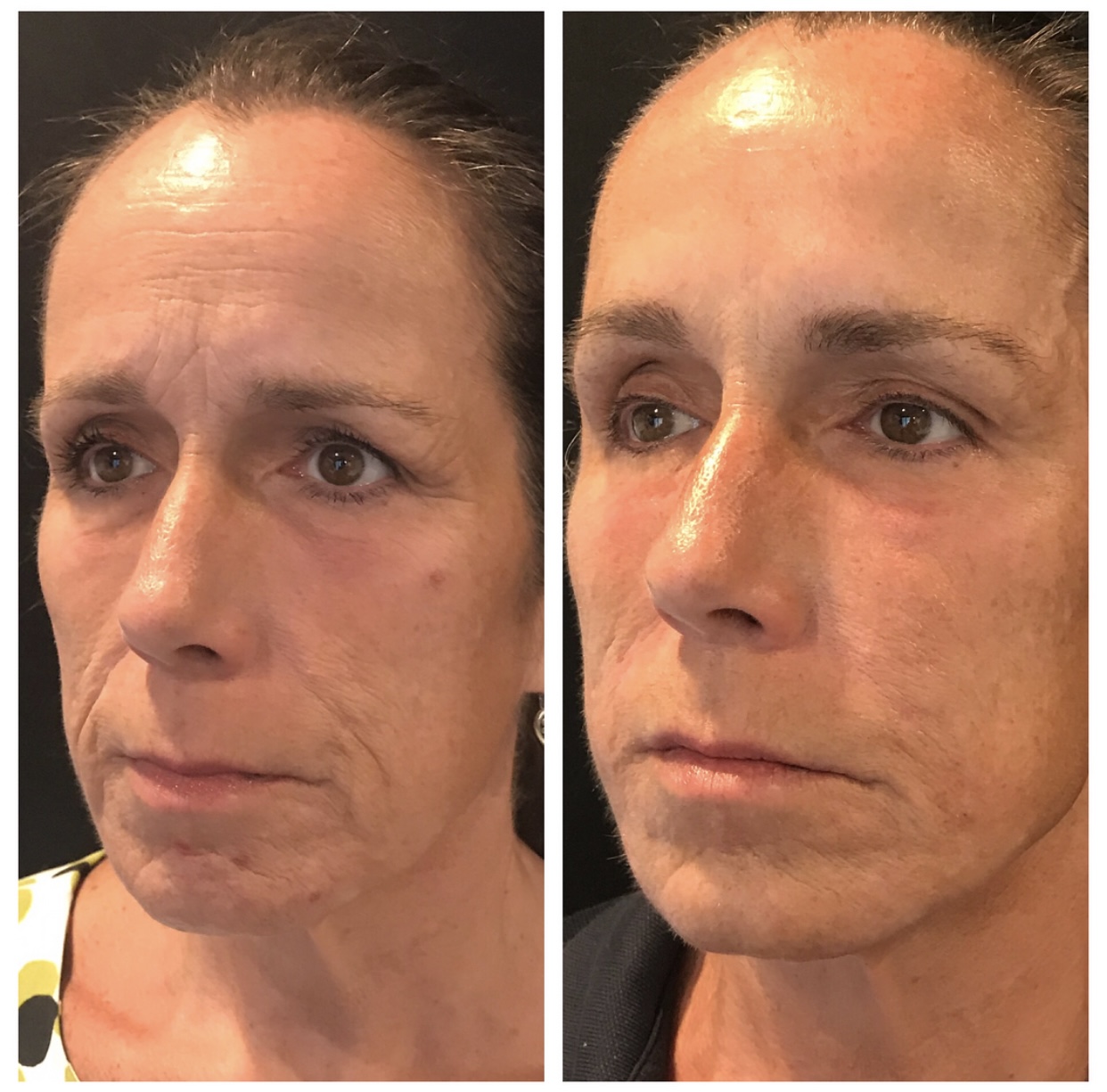
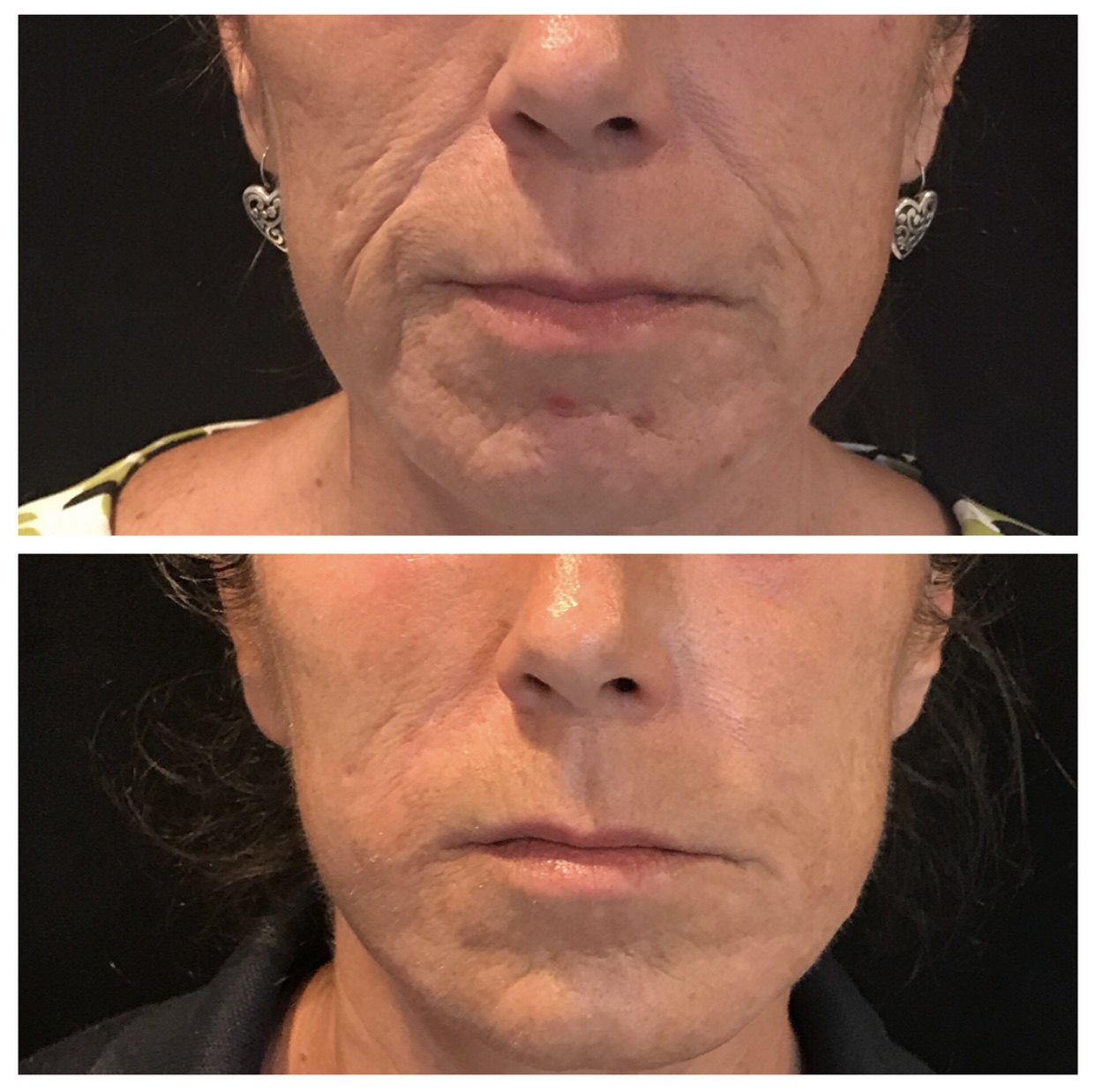
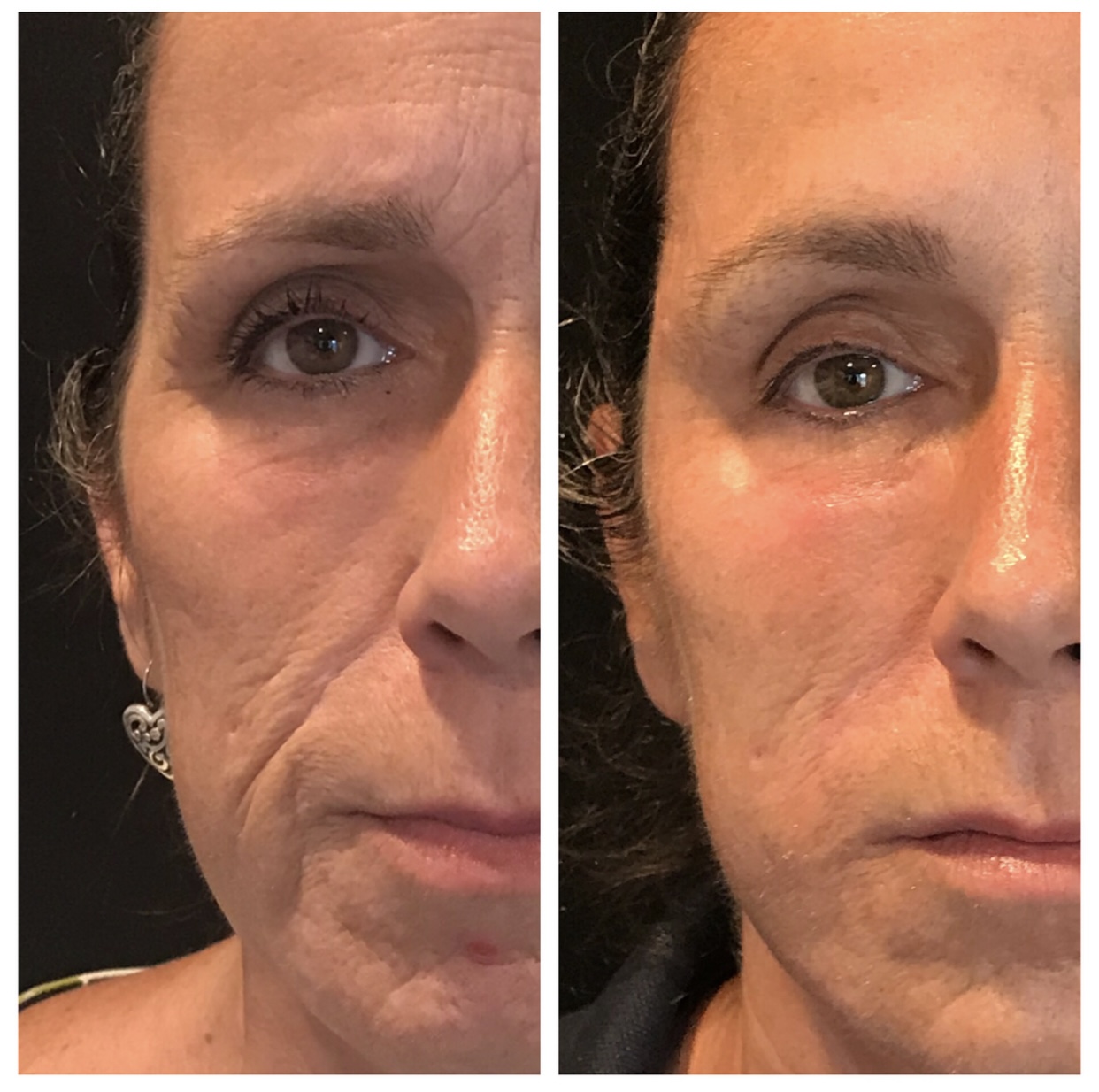

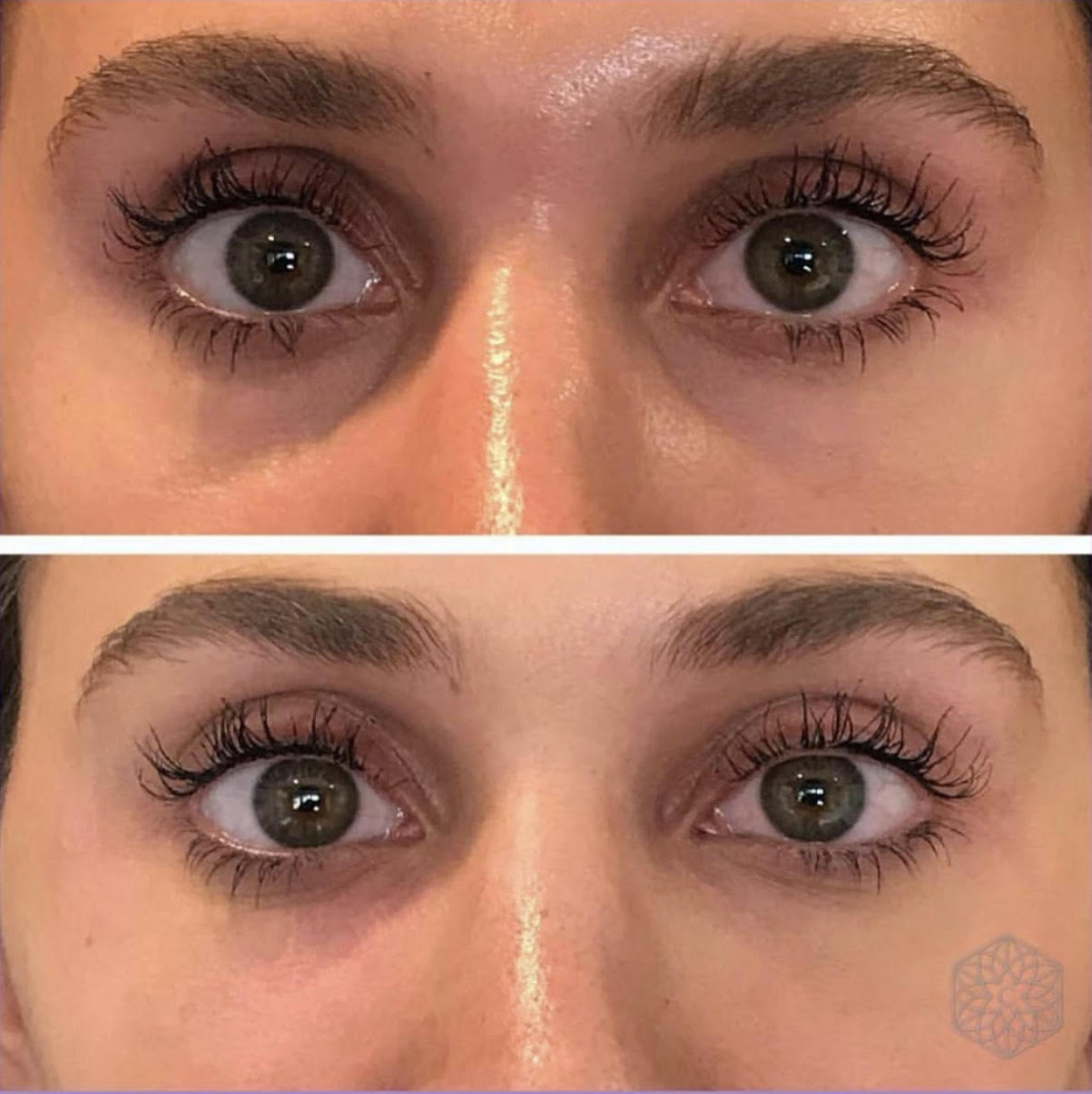
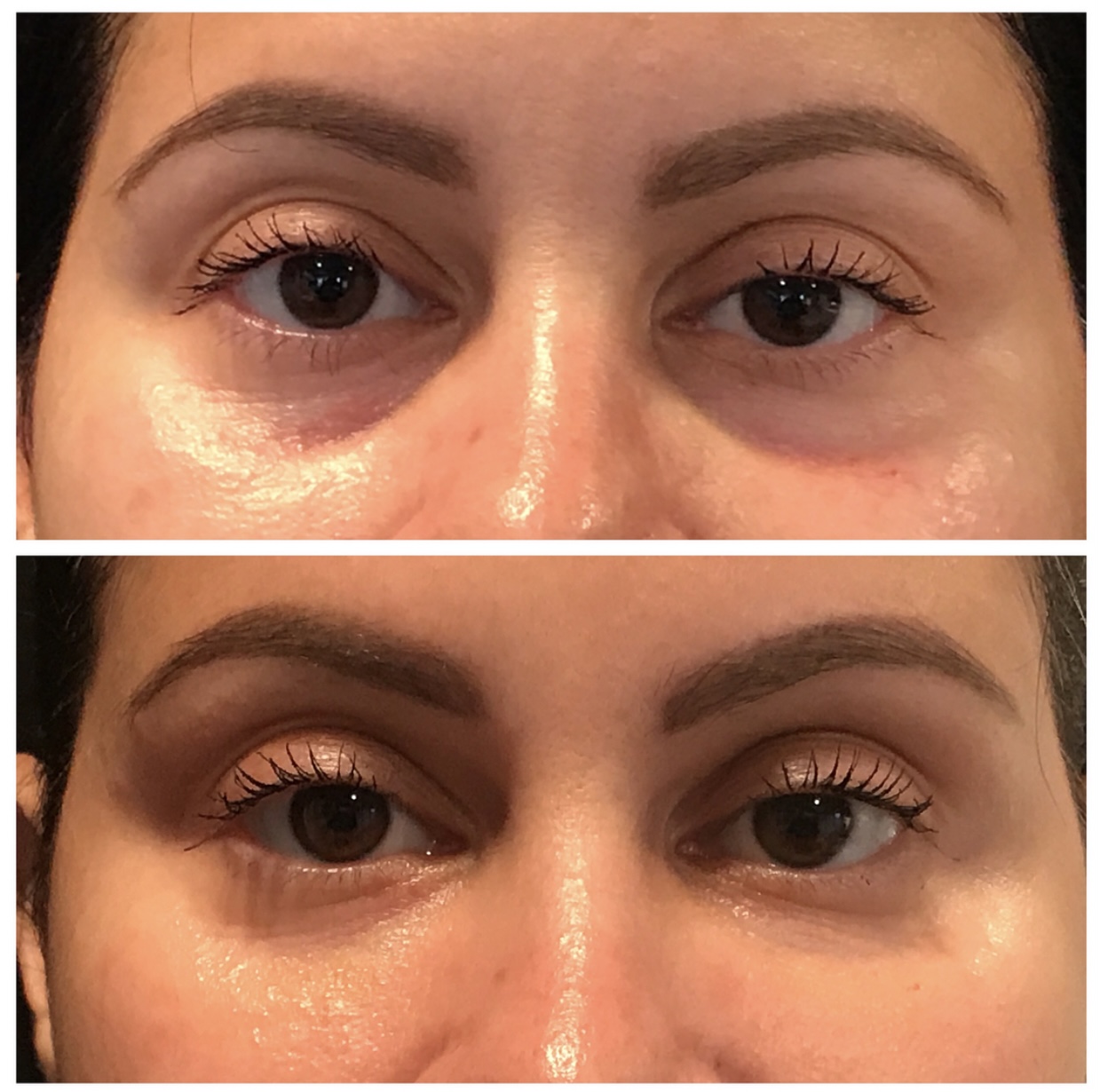
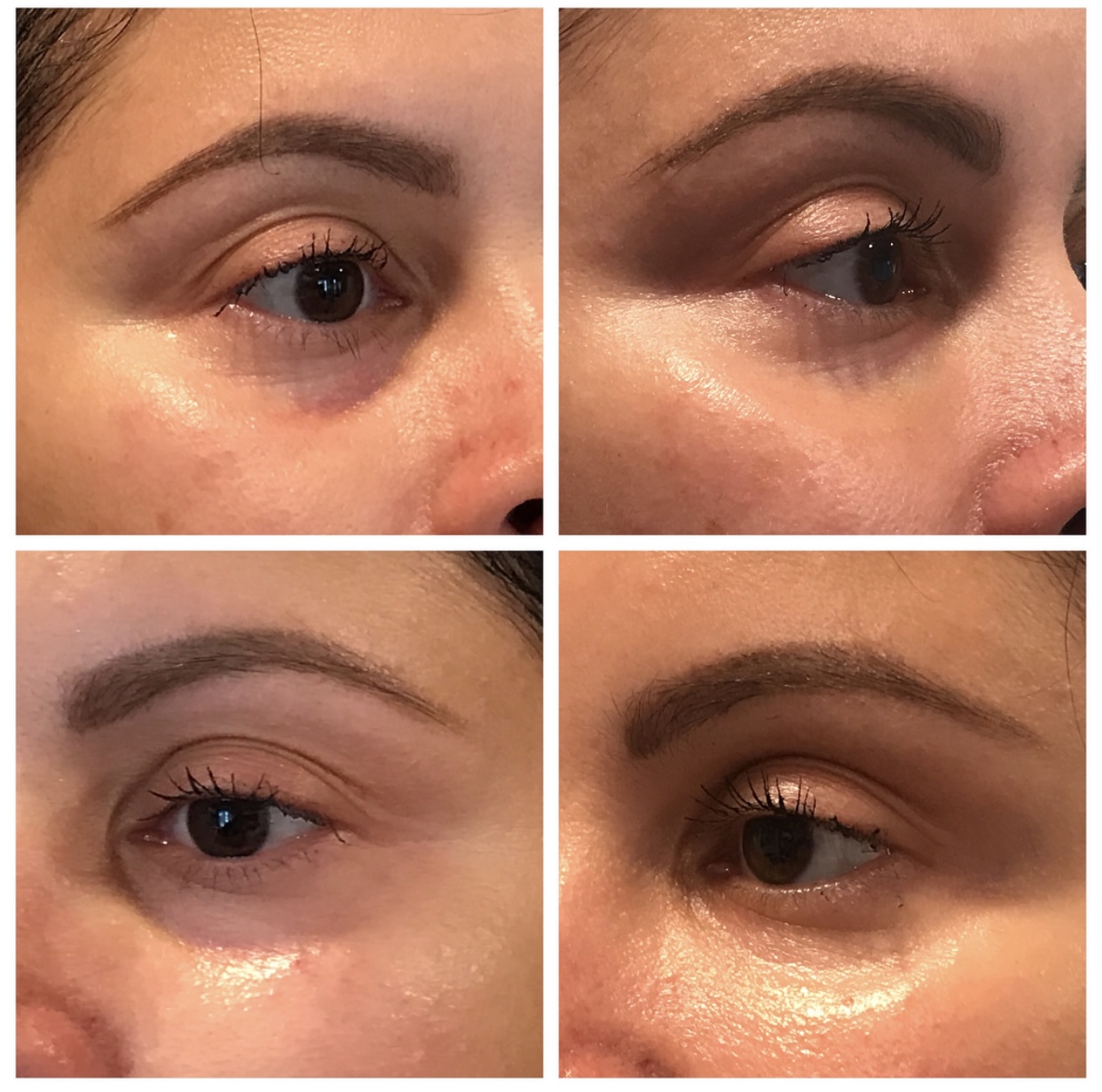
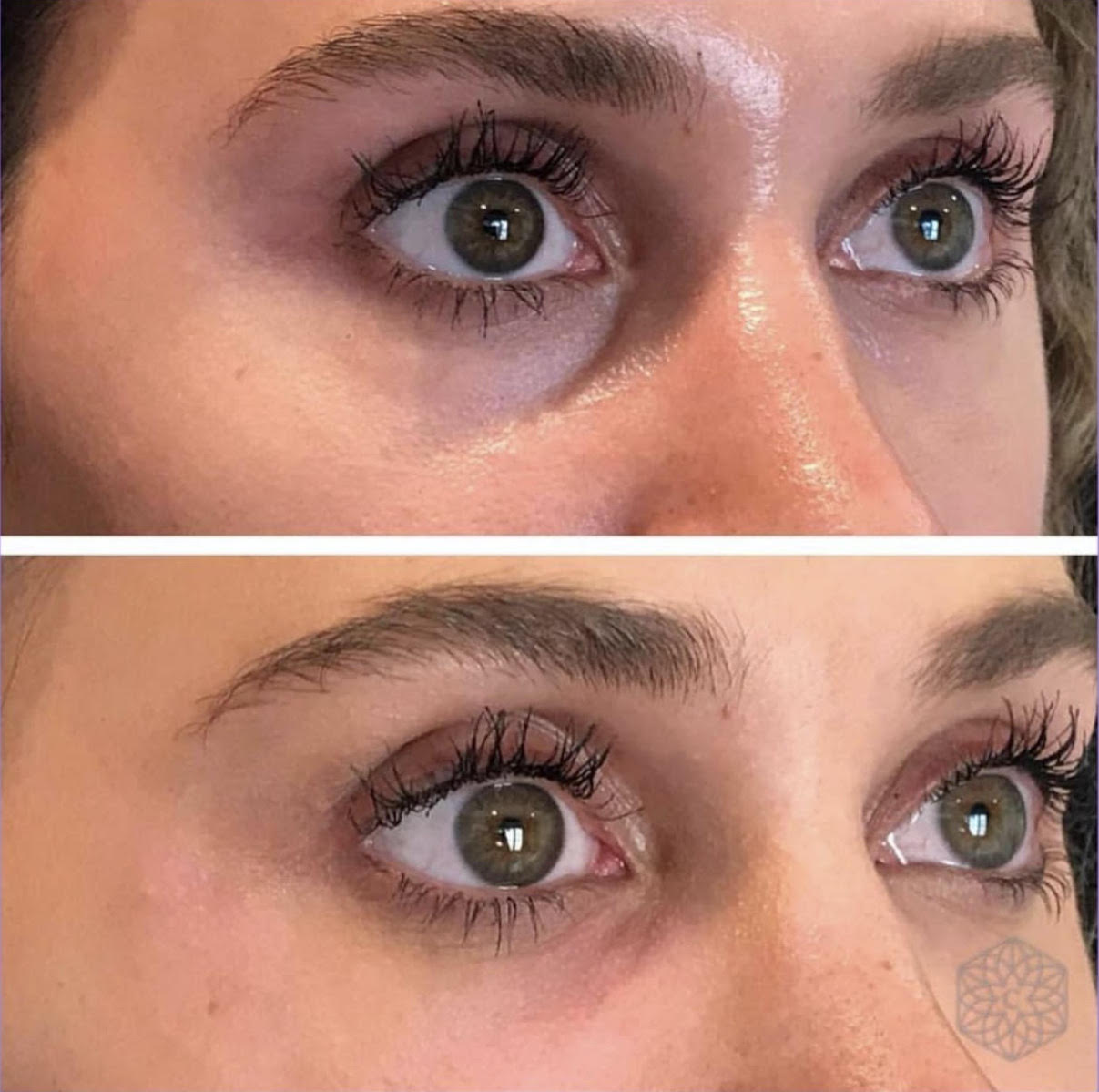

Conclusion
If you’re someone who’s looking to correct an asymmetry or maintain your youthful look, dermal fillers might be the best choice for you. From Juvederm to Restylane to Sculptra, there are all kinds of options and an array of different ways you can enhance and augment your appearance.


